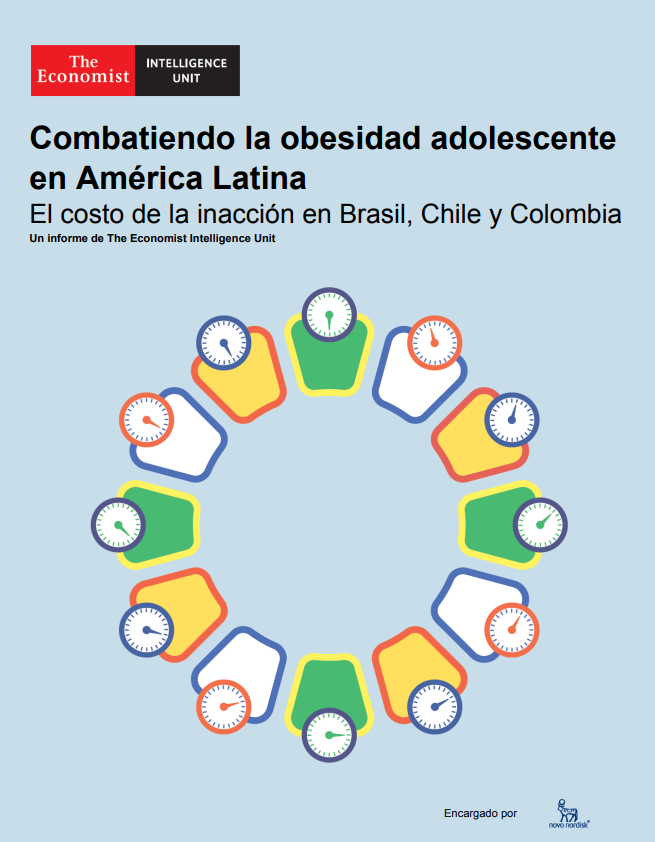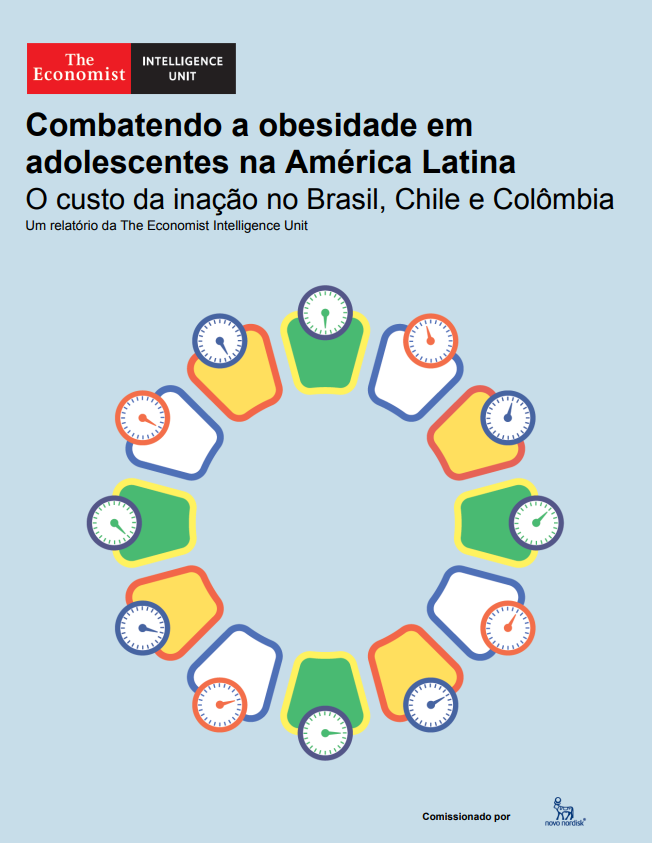There are few global health concerns more pressing than obesity. Because of the associated comorbidities and broad economic impact of an obese population, this issue demands our immediate attention. The covid-19 pandemic has further highlighted this issue: Obesity was identified as a risk factor for infection, and in some places has been considered a pre-existing condition when determining vaccine access. Exacerbating the crisis is the alarming rise in obesity among children and adolescents. Unhealthy weight gain often begins early in life, and for adolescents already struggling, it becomes significantly less likely that they will ever escape the trap of obesity and its multitude of comorbidities.
More children and adolescents in the world today live with obesity than ever before. Over the past 40 years, the number of such youths increased tenfold, from 11 million in 1976 to 124 million in 2016. The vast scale of this problem cannot be ignored, nor the lifelong impact that it will have on youth who are already obese.
While genes factor into the likelihood that an individual will struggle with obesity, aspects of lifestyle such as diet and physical activity are also significant. Establishing good habits from a young age can curtail the onset of obesity and increase the chances that an individual will maintain those routines in adulthood. These healthy patterns must be established early in life, when lifestyle changes and targeted interventions stand to have the greatest impact.
While the prevalence of childhood and adolescent obesity in some high-income countries appears to be levelling off, in many Latin American nations these numbers are rising at a disconcerting rate. Increased urbanization, shifting nutritional habits, and lifestyle changes all contribute to this distressing development. Immediate intervention is imperative to not only improve population health but also rescue economies from the repercussions of an increasingly obese population.
The economic costs of obesity have received considerable attention in recent years, but the focus has been on adults living with obesity. In this report, The Economist Intelligence Unit examines childhood and adolescent obesity and the socioeconomic burden it generates for individual countries. This report focuses on Brazil, Chile and Colombia and models the economic cost of not acting on the obesity crisis. In turn, the report explores potential interventions and their impact.
Adolescents living with obesity are likely to become adults living with obesity. We must disrupt this trajectory if we hope to avoid the otherwise inevitable conclusion of this economic and health crisis.
This study pursued three objectives:
- Quantifying the current economic burden of obesity: the epidemiological and socioeconomic consequences of current obesity rates in the selected markets;
- Estimating the economic impact of early interventions: the effects of reversing obesity and managing the obesity pathway; and
- Comparing the cost of action versus inaction: the socioeconomic benefits of measures to reduce the number of adolescents living with obesity.
Obesity in adults is estimated to have cost the health systems in Brazil, Chile and Colombia US$28bn in 2020 alone, of which US$1.2bn was directly attributable to adults who lived with obesity as adolescents. Without intervention, the cumulative cost of adults living with obesity since adolescence will reach US$19bn over a ten-year horizon, which by itself amounts to 1% of the current nominal GDP in these countries. Our analysis also shows that evidence-based interventions to reverse obesity in affected adolescents could save more than US$4bn cumulatively in healthcare spending over ten years. Thus, addressing obesity is necessary not only for better public health but also for the continued growth of Latin American economies.
| Click here to download the dashboard of our data model. |
 Spanish: La creciente tasa de obesidad en la adolescencia es un importante desafío de salud pública en el siglo XXI, especialmente en los países de ingresos bajos y medios. Cambios marcantes en el peso corporal marcan ocurren entre la adolescencia y la edad adulta, y muchos jóvenes pasan a la obesidad durante este período. Existe fuerte evidencia de que si la obesidad se establece en la adolescencia, es poco probable que regrese a un peso saludable en la edad adulta. La carga epidemiológica y económica de la obesidad debe abordarse mediante intervenciones políticas informadas.
Spanish: La creciente tasa de obesidad en la adolescencia es un importante desafío de salud pública en el siglo XXI, especialmente en los países de ingresos bajos y medios. Cambios marcantes en el peso corporal marcan ocurren entre la adolescencia y la edad adulta, y muchos jóvenes pasan a la obesidad durante este período. Existe fuerte evidencia de que si la obesidad se establece en la adolescencia, es poco probable que regrese a un peso saludable en la edad adulta. La carga epidemiológica y económica de la obesidad debe abordarse mediante intervenciones políticas informadas.
| Descargue el Whitepaper |
 Portuguese: O aumento da taxa de obesidade na adolescência é um grande desafio de saúde pública no século 21, especialmente em países de renda baixa e média. Mudanças marcantes no peso corporal ocorrem entre a adolescência e a idade adulta, e muitos jovens transitam para a obesidade durante esse período. Há forte evidência de que, se a obesidade se estabelecer na adolescência, é pouco provável voltar a atingir um peso saudável na idade adulta. Deve-se abordar a carga epidemiológica e econômica da obesidade por meio de intervenções políticas informadas.
Portuguese: O aumento da taxa de obesidade na adolescência é um grande desafio de saúde pública no século 21, especialmente em países de renda baixa e média. Mudanças marcantes no peso corporal ocorrem entre a adolescência e a idade adulta, e muitos jovens transitam para a obesidade durante esse período. Há forte evidência de que, se a obesidade se estabelecer na adolescência, é pouco provável voltar a atingir um peso saudável na idade adulta. Deve-se abordar a carga epidemiológica e econômica da obesidade por meio de intervenções políticas informadas.
| Download Whitepaper |





